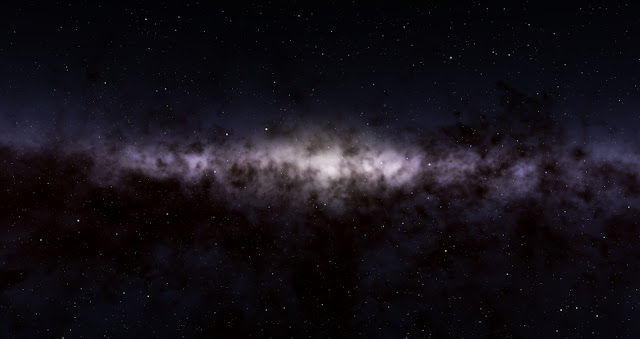Figure 1: Artist’s impression of a galaxy.
However, external processes can also remove heavy elements from a dwarf galaxy. For example, a dwarf galaxy can become tidally-disrupted when it passes too close to a massive galaxy. A dwarf galaxy can also be stripped of its store of heavy elements via ram pressure stripping when it moves through the intracluster medium in the vicinity of a massive galaxy. These external processes make it difficult to study the feedback star formation has on the expulsion of heavy elements from a dwarf galaxy. Fortunately, Leo P is an isolated, gas-rich dwarf galaxy located ~5 million light years away, far from the influence of any massive galaxy. Leo P is estimated to contain ~560,000 times the mass of the Sun in the form of stars.
Using oxygen as a tracer for heavy elements, observations of Leo P show that it has lost ~95 percent of its oxygen. Of the ~5 percent of oxygen that remains, one quarter is locked in stars and the remaining three-quarters is distributed in the gas phase through the interstellar medium of the dwarf galaxy. For comparison, non-isolated dwarf galaxies similar in mass to Leo P have lost ~99 percent of their heavy elements. This shows that feedback from star formation, in the form of supernova explosions, can effectively remove most of the heavy elements in a dwarf galaxy, and external processes such as tidal-stripping or ram pressure stripping remove only a few addition percent of heavy elements. Besides, if only the oxygen locked in stars is counted for Leo P, then its abundance of oxygen is similar to the abundance of heavy elements for the non-isolated dwarf galaxies.
Figure 2: The percentage of oxygen lost in Leo P compared to the percentage of heavy elements lost in three satellite dwarf galaxies of the Milky Way. Leo P has retained its gas content and thus a larger fraction of oxygen. If the oxygen atoms in the gas phase are ignored, the percentage of oxygen lost is comparable to the three other dwarf galaxies.
Reference:
McQuinn et al. (2015), “Leo P: How Many Metals can a Very Low-Mass, Isolated Galaxy Retain”, arXiv:1512.00459 [astro-ph.GA]

